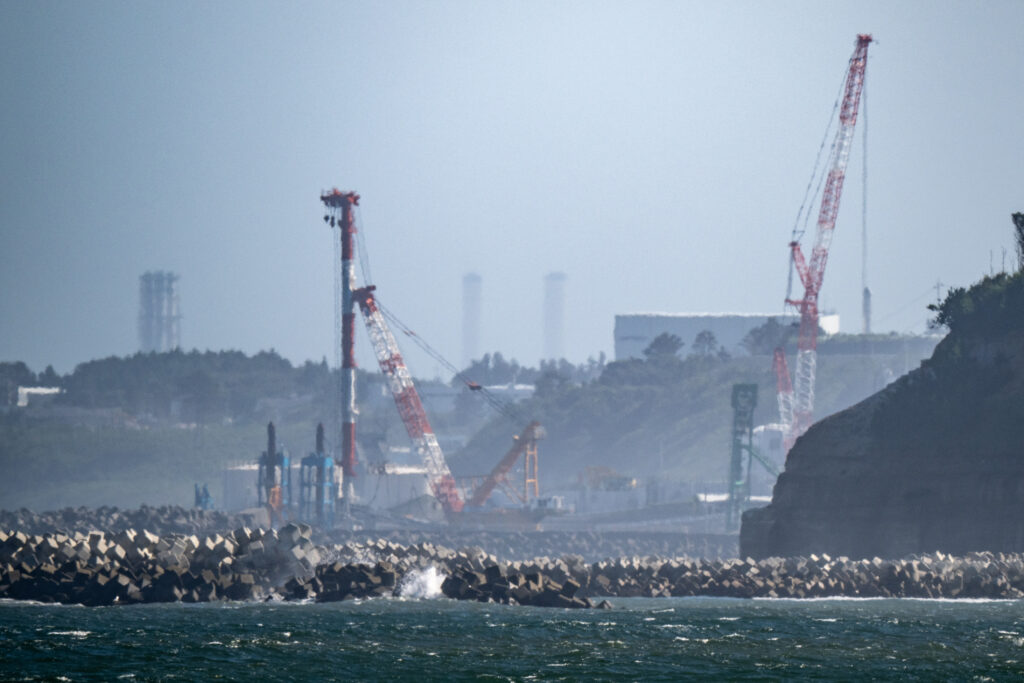
- ARAB NEWS
- 05 May 2024

Tokyo: Tokyo Electric Power Company Holdings Inc. has said that safety is its “top priority” in the operation to discharge treated water containing radioactive tritium from its meltdown-stricken Fukushima No. 1 nuclear power plant into the sea after dilution.
The water discharge operation began Thursday. In addition to a series of measures against possible earthquakes and other problems, the power utility is taking steps to prevent operational errors. It is also voluntarily checking the concentration levels also for radioactive substances in the water that are not subject to inspections.
Japan’s Nuclear Regulation Authority and the International Atomic Energy Agency have concluded that facilities for the water release are consistent with safety standards, based on their on-site inspections of the systems at the nuclear plant in Fukushima Prefecture, northeastern Japan, which sustained heavy damage from the March 2011 earthquake and tsunami.
Under its discharge plan, TEPCO measures the concentrations of radioactive substances in the treated water stored in tanks at the plant. After the water is diluted with seawater to reduce tritium levels to under one-40th of the government’s safety standard, it is released off the coast via a tunnel roughly 1-kilometer long.
TEPCO measures radioactive substances in the treated water in three stages.
It first checks whether the advanced liquid processing system (ALPS) removed radioactive substances other than tritium sufficiently. If the removal is judged inadequate, the water is purified repeatedly until the concentration levels fall below safety standards. The ALPS cannot remove tritium from the water.
TEPCO then examines before the dilution process to see if concentration levels are below standards for 29 nuclides for which inspections are required, including cesium-137 and plutonium-239, and for 39 nuclides that TEPCO voluntarily checks.
A final check of tritium levels is conducted right before the water is released into the Pacific Ocean.
A 1.3-kilometer pipe for the water at the plant is equipped with two emergency shut-off valves, which will be used in case of emergencies such as earthquakes and equipment failures.
Measures to prevent possible water leaks from the pipe from spreading are in place, such as the installations of leak detectors and waterproof covers.
The water discharge equipment is remotely operated from the power plant. In order to prevent errors, those operating the equipment are required to use a key that is under strict management and conduct procedures in a specific order.
After the diluted water is discharged, the concentrations of tritium and other substances in the ocean water will be checked by the company. In addition, the NRA, the Japanese Environment Ministry and the Fukushima prefectural government will conduct their own inspections, with the results of the checks by TEPCO and the authorities to be published, including on the internet.
TEPCO will raise flatfish and seaweed in tanks filled with released treated water and seawater to monitor their growth and the possible effects of radioactive substances.
The IAEA said in its comprehensive report released last month that TEPCO’s water release plan was consistent with relevant international safety standards. It will continue independent monitoring of the operation through its personnel stationed at its office set up inside the Fukushima No. 1 plant.
JIJI Press